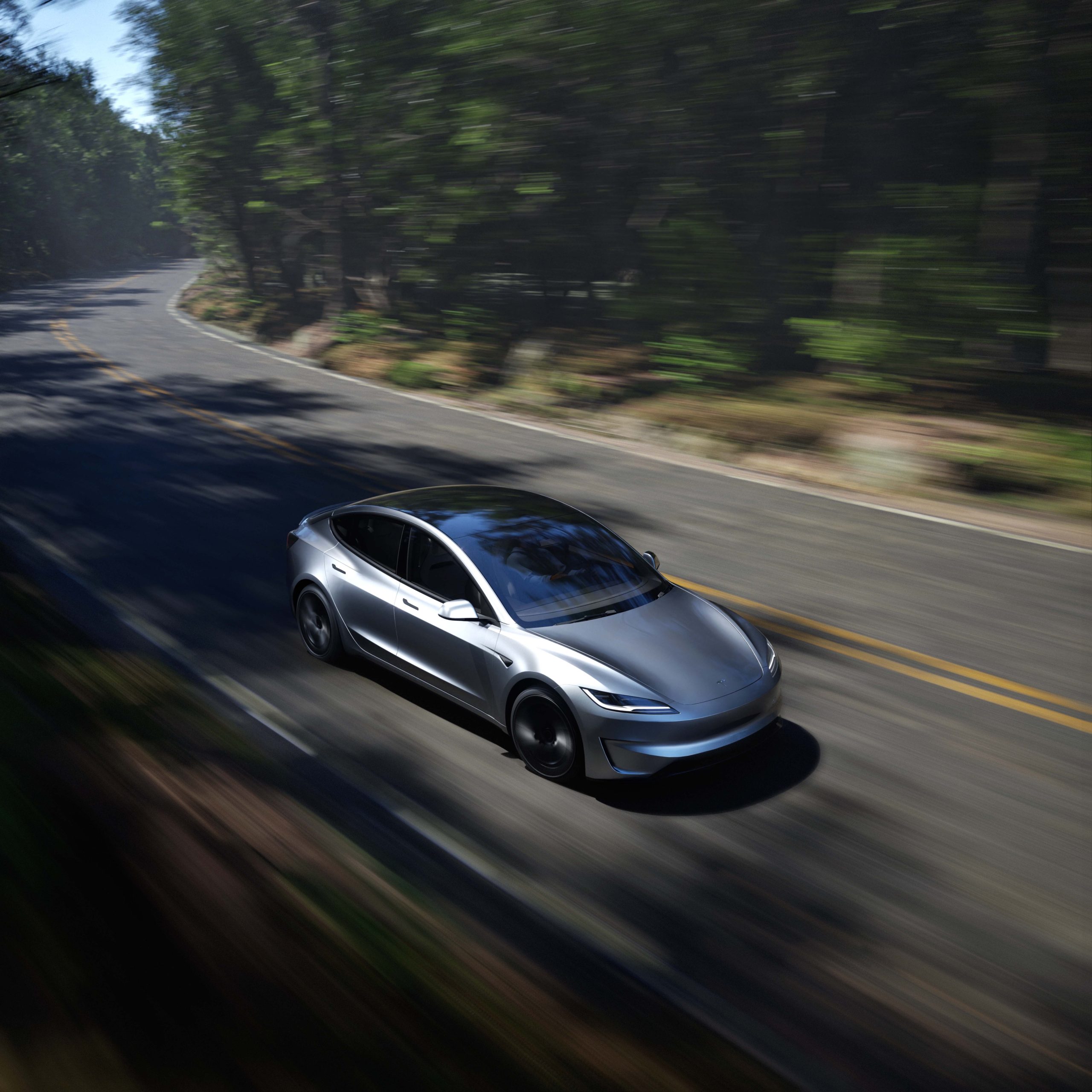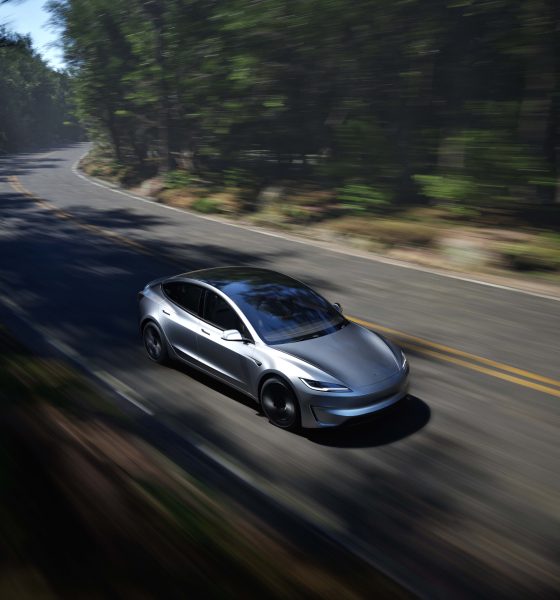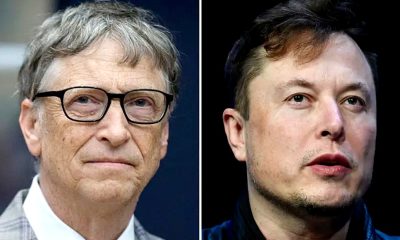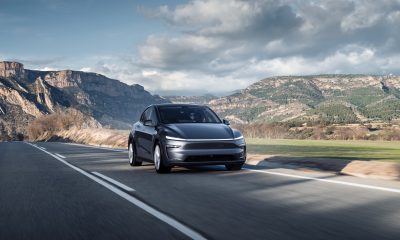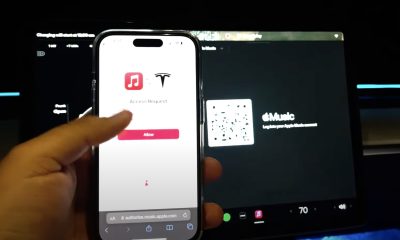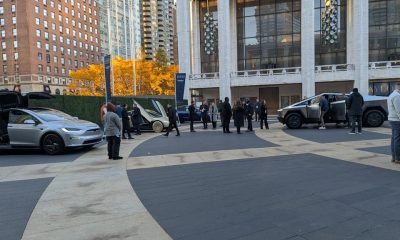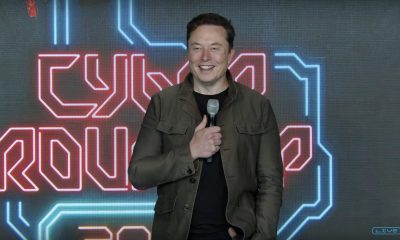Tesla ended July 2024 as China’s fourth-ranked New Energy Vehicle (NEV) maker. China’s NEV segment includes battery electric vehicles (BEVs), plug-in hybrids (PHEVs), and fuel cell vehicles. Among China’s top NEV makers in July, Tesla is the only company exclusively selling BEVs.
As per data released by the China Passenger Car Association, Tesla China held a 5.3% share in the country’s NEV market in July with 46,227 retail sales over the month. These numbers represent a 47.1% year-over-year improvement, but they also represent a step down from the company’s rank in June 2024, when it ranked third with 6.9% of the NEV market.
BYD retained its title as China’s top NEV maker last month, commanding an impressive 35.5% of the segment with 311,804 units sold in July. Following BYD was Geely, which held a 6.5% share, and Li Auto, which had a 5.8% share of China’s NEV market. Rounding off the top five NEV makers in July was Changan, which held a 5.0% share.
$TSLA
Tesla Model 3/Y is all in the Top3 for China's July BEV Wholesale. pic.twitter.com/yqxofo4bEJ— Tsla Chan (@Tslachan) August 12, 2024
While Tesla critics may easily translate July’s NEV rankings as a sign that the Elon Musk-led electric vehicle maker is declining, it should be noted that Tesla China is the only foreign automaker to rank this high in the country’s NEV segment. The fact that BYD, Geely, Li Auto, and Changan all sell hybrids makes Tesla China’s 5.3% NEV market share in July especially impressive.
It should also be noted that in the January to July 2024 period, Tesla was still China’s 3rd largest NEV maker with a market share of 6.5%, as noted in a report from CNEV Post. In comparison, BYD’s NEV market share was listed at 34.1% and Geely’s NEV market share was listed at 7.3% for the January to July 2024 period.
A look at Tesla China’s retail sales also shows that the reengineered Model 3 sedan is seeing some serious traction. As could be seen in reports from industry watchers in China, the Tesla Model Y was the country’s best-selling battery electric vehicle in July with 41,400 units sold during the month. A total of 32,700 reengineered Tesla Model 3 sedans were also sold in July in China, representing a 61% year-over-year increase.
Don’t hesitate to contact us with news tips. Just send a message to simon@teslarati.com to give us a heads up.

Elon Musk
Tesla CEO Elon Musk sends final warning to Bill Gates over short position
“If Gates hasn’t fully closed out the crazy short position he has held against Tesla for ~8 years, he had better do so soon,” Musk said.
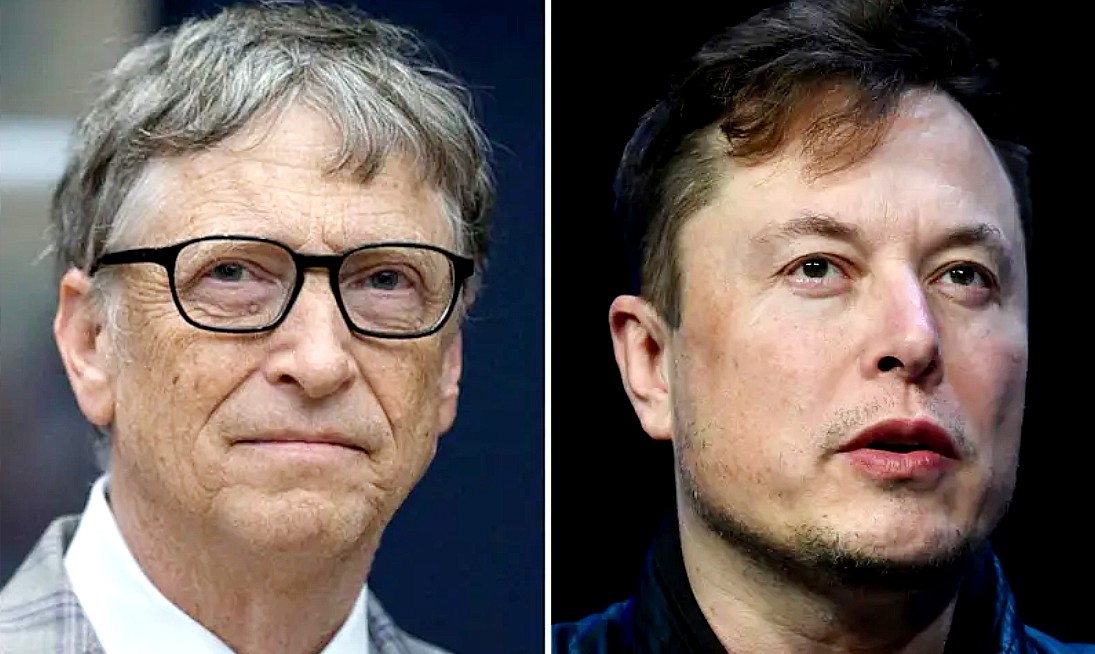
Tesla CEO Elon Musk sent a final warning to former Microsoft CEO Bill Gates over his short position, which he confirmed he held to Musk directly several years ago.
Gates has been a skeptic of Tesla for some time, but he has also tried to work with Musk on philanthropic opportunities several years ago, which was coincidentally when he admitted to the company’s frontman that he held a short position.
Musk was, in turn, “super mean” to Gates, according to Walter Isaacson’s biography about the Tesla CEO. Gates had put $500 million against Tesla, shorting the stock and hoping to profit from its failure.
Elon Musk explains Bill Gates beef: He ‘placed a massive bet on Tesla dying’
A short position essentially means Gates is betting Tesla shares will go down, which would make him money. However, shares have gone up over six percent this year and increased nearly 150 percent over the past five years.
At the recent Annual Shareholder Meeting, Musk made many claims about Tesla’s future projects and how they could manage to disrupt various industries. He also recently had a massive $1 trillion compensation package approved, which will be awarded in twelve tranches, all of which combine a company valuation goal and an individual goal related to a product.
Musk was able to complete his last approved pay package, but it was not awarded due to a ruling by a Delaware Chancery Court. Nevertheless, his track record of proving growth for Tesla shareholders is excellent, and investors are obviously very encouraged by his capabilities as a CEO, considering 76.6 percent of shareholders voted to approve his new compensation.
After it was revealed that the Gates Foundation dumped 65 percent of its Microsoft position for nearly $9 billion, Musk had one final message for him: drop your Tesla short position soon, or else.
If Gates hasn’t fully closed out the crazy short position he has held against Tesla for ~8 years, he had better do so soon
— Elon Musk (@elonmusk) November 16, 2025
Musk’s rivalry with Gates is mostly founded on the Tesla CEO’s discontent with the former Microsoft frontman’s short position. However, Musk might have a bit of a soft spot for Gates, considering he is giving him a warning of what is potentially to come. If he really wanted to do some damage to Gates, he would not give him any heads-up at all.
News
Tesla rolls out most aggressive Model Y lease deal in the US yet
With the promotion in place, customers would be able to take home a Model Y at a very low cost.
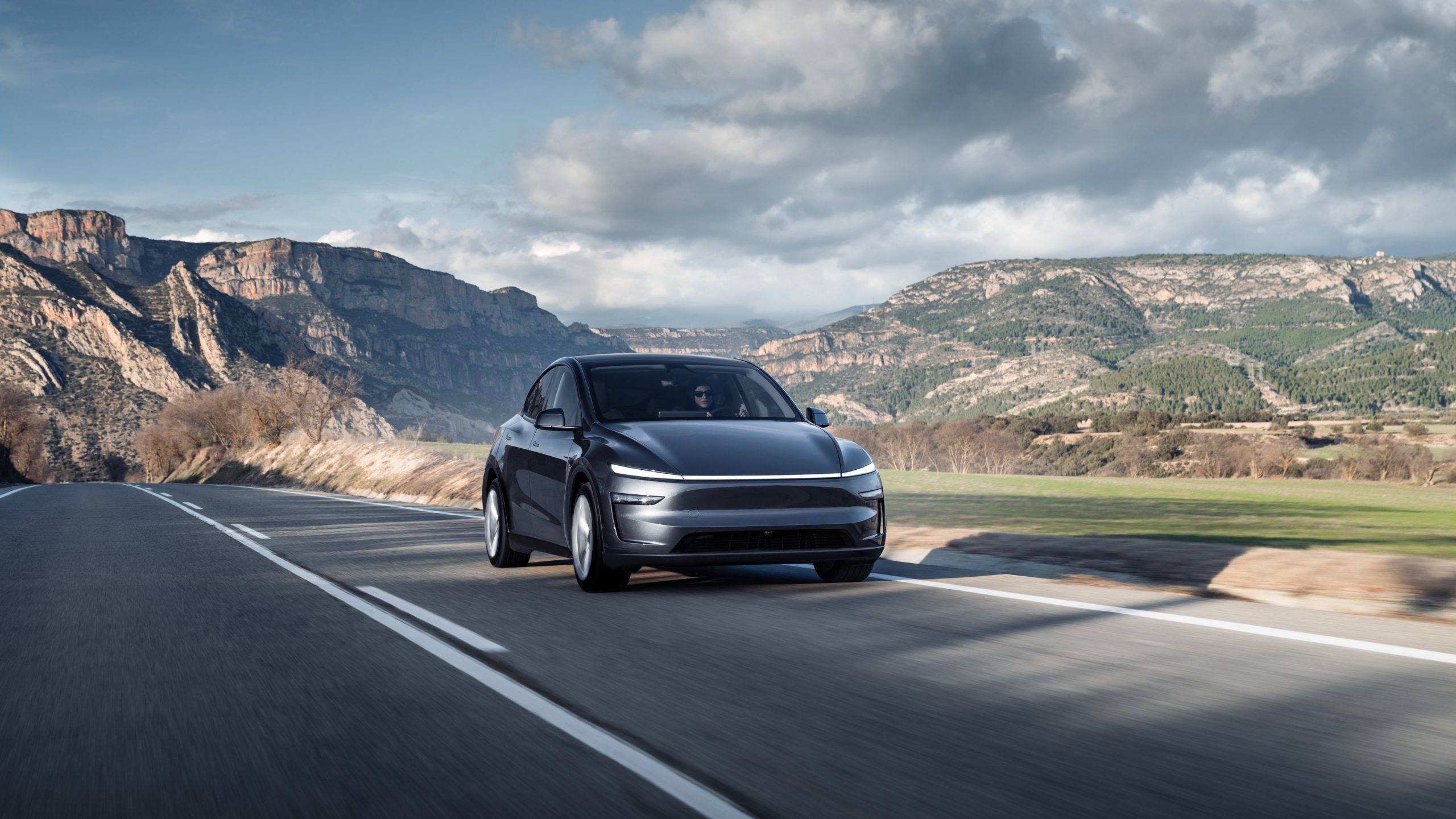
Tesla has rolled out what could very well be its most aggressive promotion for Model Y leases in the United States yet. With the promotion in place, customers would be able to take home a Model Y at a very low cost.
Zero downpayment leases
The new Model Y lease promotion was initially reported on X, with industry watcher Sawyer Merritt stating that while the vehicles’ monthly payments are still similar to before, the cars can now be ordered with a $0 downpayment.
Tesla community members noted that this promotion would cut the full payment cost of Model Y leases by several thousand dollars, though prices were still a bit better when the $7,500 federal tax credit was still in effect. Despite this, a $0 downpayment would likely be appreciated by customers, as it lowers the entry point to the Tesla ecosystem by a notable margin.
Premium freebies included
Apart from a $0 downpayment, customers of Model Y leases are also provided one free upgrade for their vehicles. These upgrades could be premium paint, such as Pearl White Multi-Coat, Deep Blue Metallic, Diamond Black, Quicksilver or Ultra Red, or 20″ Helix 2.0 Wheels. Customers could also opt for a White Interior or a Tow Hitch free of charge.
A look at Tesla’s Model Y order page shows that the promotion is available for all the Model Y Premium Rear-Wheel Drive and the Model Y Premium All-Wheel Drive. The Model Y Standard and the Model Y Performance are not eligible for the $0 downpayment or free premium upgrade promotion as of writing.
News
Tesla is looking to phase out China-made parts at US factories: report
Tesla has reportedly swapped out several China-made components already, aiming to complete the transition within the next two years.

Tesla has reportedly started directing its suppliers to eliminate China-made components from vehicles built in the United States. This would make Tesla’s US-produced vehicles even more American-made.
The update was initially reported by The Wall Street Journal.
Accelerating North American sourcing
As per the WSJ report, the shift reportedly came amidst escalating tariff uncertainties between Washington and Beijing. Citing people reportedly familiar with the matter, the publication claimed that Tesla has already swapped out several China-made components, aiming to complete the transition within the next two years. The publication also claimed that Tesla has been reducing its reliance on China-based suppliers since the pandemic disrupted supply chains.
The company has quietly increased North American sourcing over the past two years as tariff concerns have intensified. If accurate, Tesla would likely end up with vehicles that are even more locally sourced than they are today. It would remain to be seen, however, if a change in suppliers for its US-made vehicles would result in price adjustments for cars like the Model 3 and Model Y.
Industry-wide reassessments
Tesla is not alone in reevaluating its dependence on China. Auto executives across the automotive industry have been in rapid-response mode amid shifting trade policies, chip supply anxiety, and concerns over rare-earth materials. Fluctuating tariffs between the United States and China during President Donald Trump’s current term have made pricing strategies quite unpredictable as well, as noted in a Reuters report.
General Motors this week issued a similar directive to thousands of suppliers, instructing them to remove China-origin components from their supply chains. The same is true for Stellantis, which also announced earlier this year that it was implementing several strategies to avoid tariffs that were placed by the Trump administration.
@teslarati 🚨 Tesla Full Self-Driving v14.1.7 is here and here’s some things it did extremely well! #tesla #teslafsd #fullselfdriving ♬ You Have It – Marscott
-
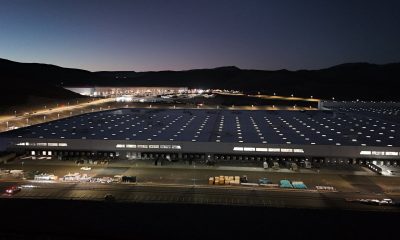
 News1 week ago
News1 week agoTesla shares rare peek at Semi factory’s interior
-

 Elon Musk1 week ago
Elon Musk1 week agoTesla says texting and driving capability is coming ‘in a month or two’
-

 News1 week ago
News1 week agoTesla makes online ordering even easier
-
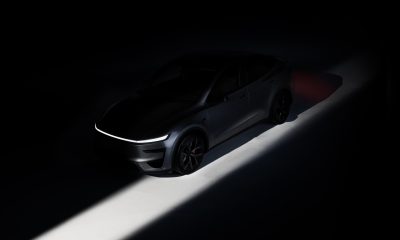
 News1 week ago
News1 week agoTesla Model Y Performance set for new market entrance in Q1
-
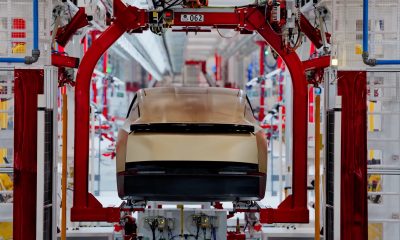
 News1 week ago
News1 week agoTesla Cybercab production starts Q2 2026, Elon Musk confirms
-
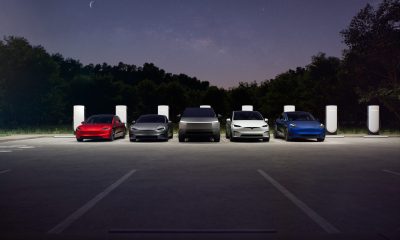
 News1 week ago
News1 week agoTesla is launching a crazy new Rental program with cheap daily rates
-
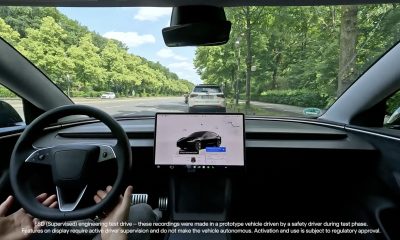
 News1 week ago
News1 week agoTesla China expecting full FSD approval in Q1 2026: Elon Musk
-
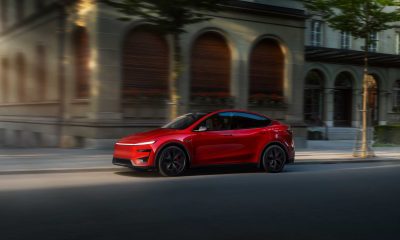
 News2 weeks ago
News2 weeks agoTesla Model Y Performance is rapidly moving toward customer deliveries
